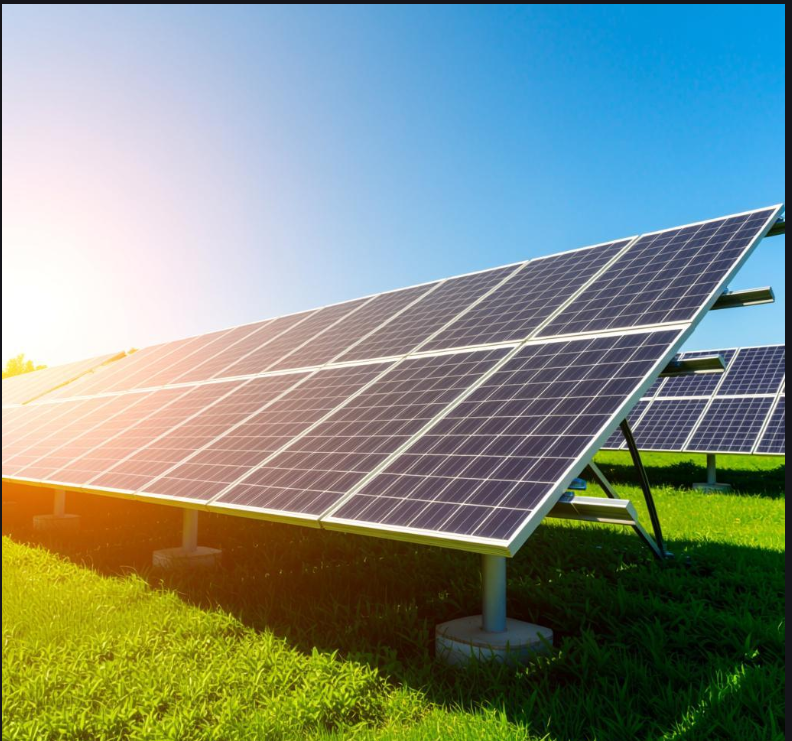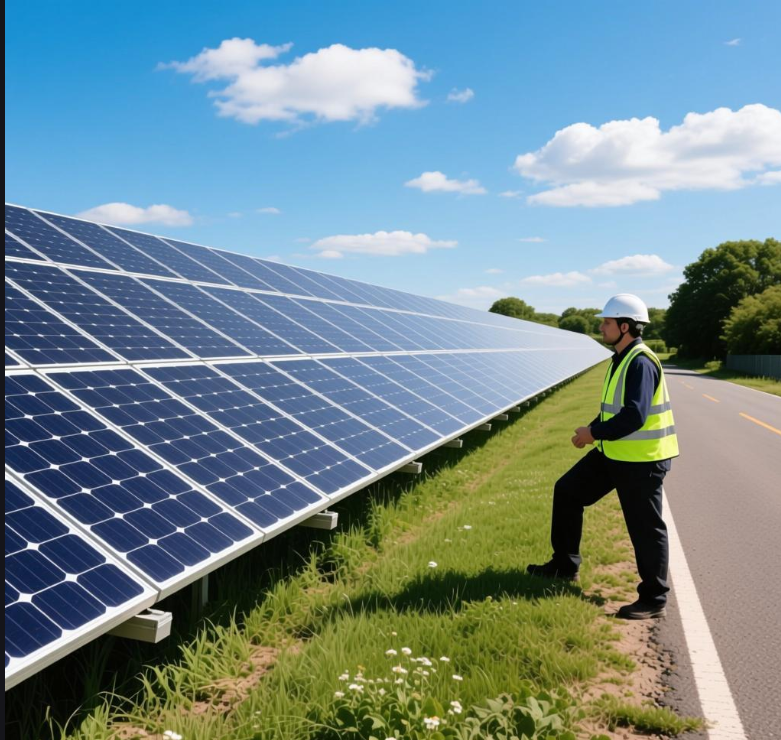Views: 0 Author: Site Editor Publish Time: 2025-10-13 Origin: Site









As a core carrier of clean energy, photovoltaic technology has expanded beyond traditional power generation to form a complex "photovoltaic +" ecosystem. The following are the main application scenarios and technical features:

I. Energy Production Scenarios
1.Centralized Power Plants
Large-scale ground-based power plants are often built in deserts and Gobi regions. For example, the "Photovoltaic Horse" project in China's Kubuqi Desert generates 2 billion kilowatt-hours of electricity annually using 196,000 photovoltaic panels and also provides windbreaks and sand fixation. Floating photovoltaic power plants achieve a "photovoltaic + fishery" model by suppressing algae growth.
2. Distributed Systems
Rooftops: The village of Feld in Germany achieves energy self-sufficiency through rooftop photovoltaics, with surplus power generated online for revenue generation.
Commercial and Industrial Buildings: The Jiaxing Photovoltaic Industrial Park in Zhejiang Province has reduced corporate electricity costs by over 30% through distributed projects.

II. Cross-Industry Integrated Applications
1. Agriculture
The "agri-photovoltaic complementary" model involves installing photovoltaic panels above farmland, generating both electricity and providing shade for crops. For example, the Gonghe Photovoltaic Industrial Park in Qinghai Province incorporates drought-tolerant plant cultivation, increasing land utilization by 40%.
2. Architecture
BIPV technologies, such as photovoltaic curtain walls and photovoltaic tiles, are integrated into architectural design. EVA photovoltaic film, used as an encapsulation material, enhances module durability.
3. Transportation
Photovoltaic panels are used for electric vehicle charging, road lighting, and powering bus stops. Hebei's high-speed photovoltaic project reduces carbon emissions by 12,000 tons annually.

III. Innovations for Special Scenarios
1. Extreme Environment Transportation: DJI drones transport photovoltaic panels in steep mountainous areas, achieving 400 times the efficiency of manual transport.
2. Consumer Product Integration: Outdoor backpacks embedded with photovoltaic panels provide portable charging for electronic devices.
Photovoltaic technology continues to drive energy transformation through diverse applications. With breakthroughs in new materials such as perovskites, its application will further expand.